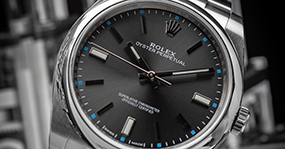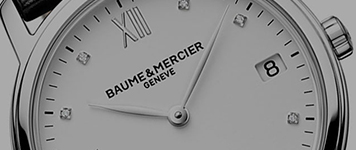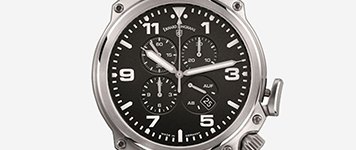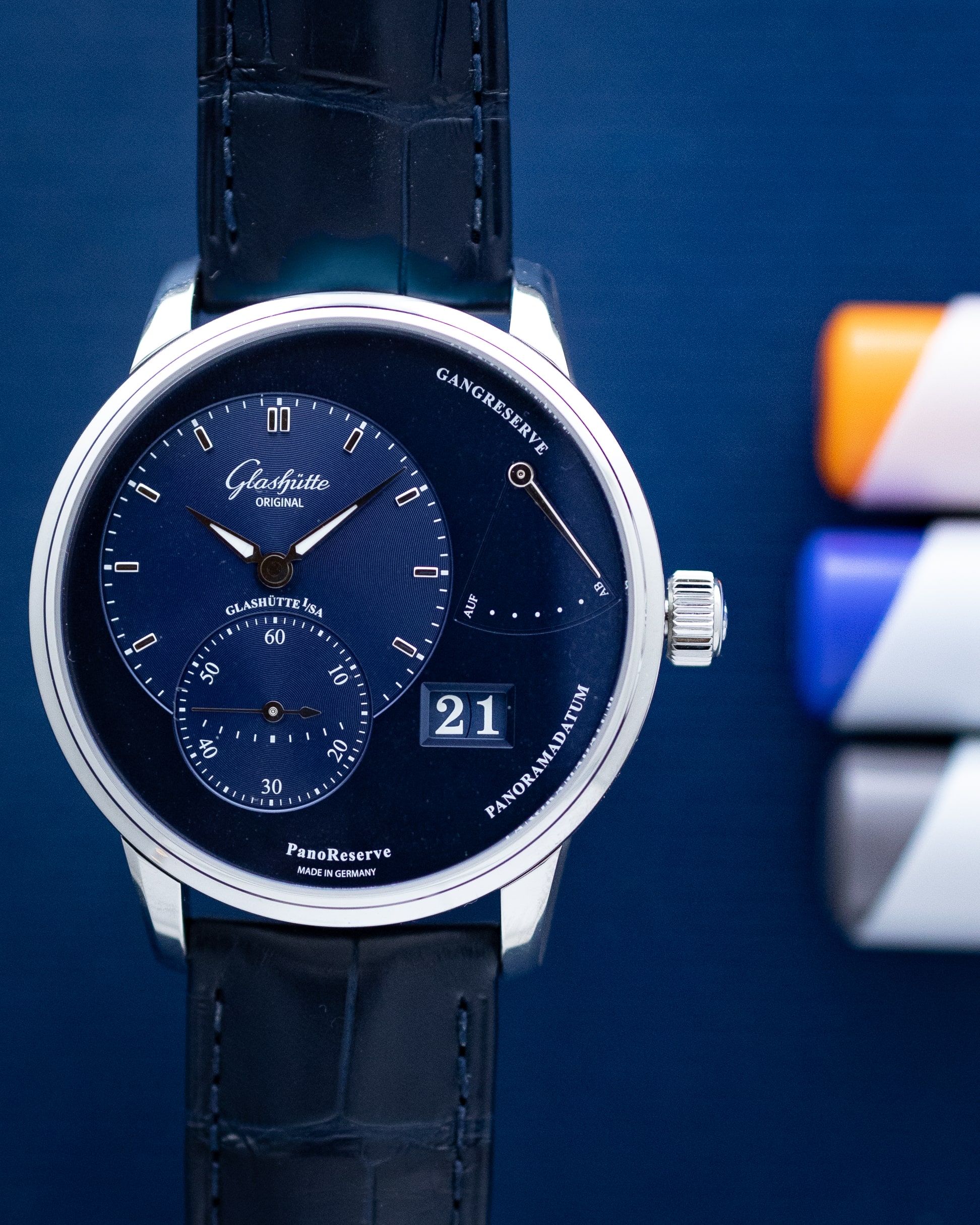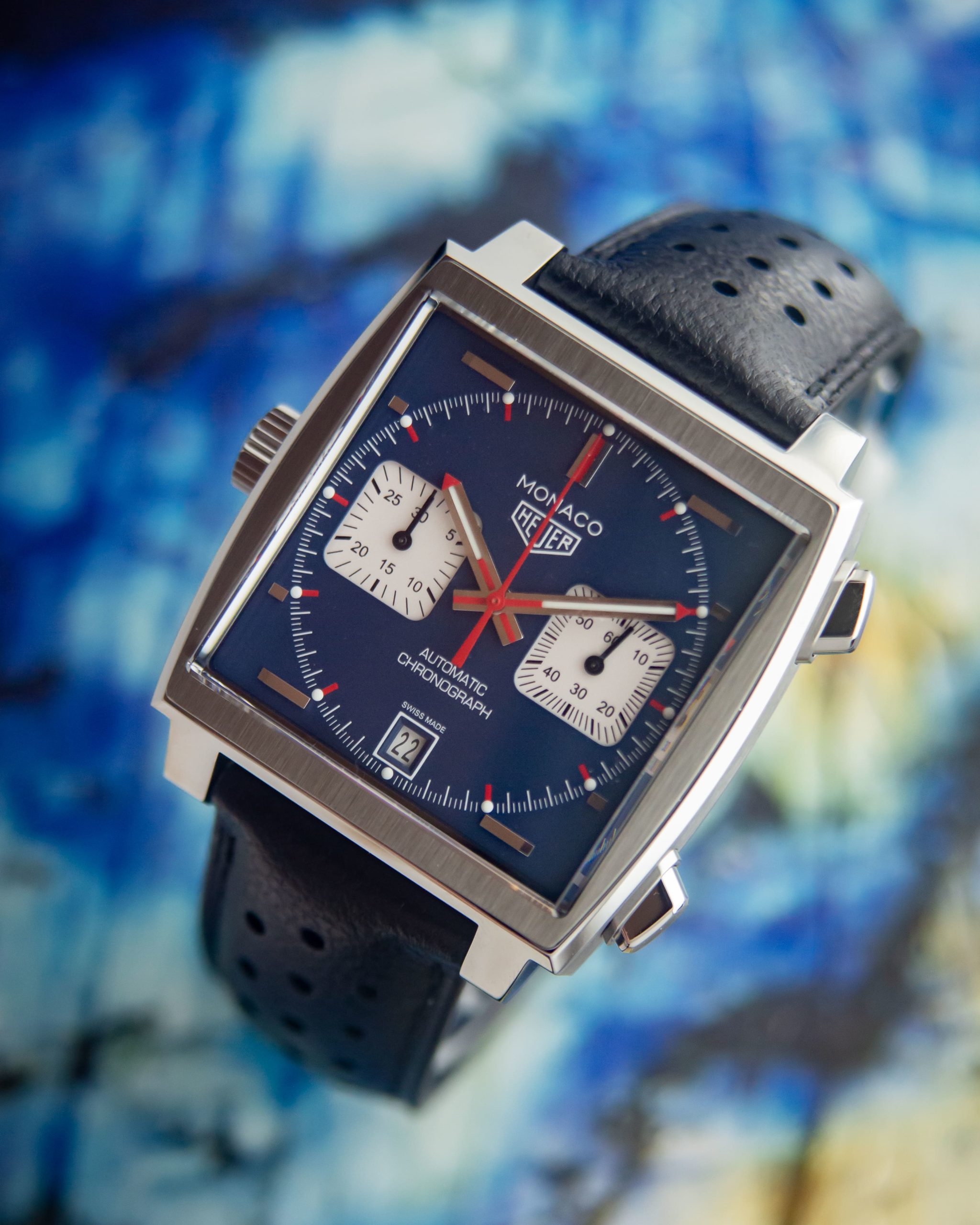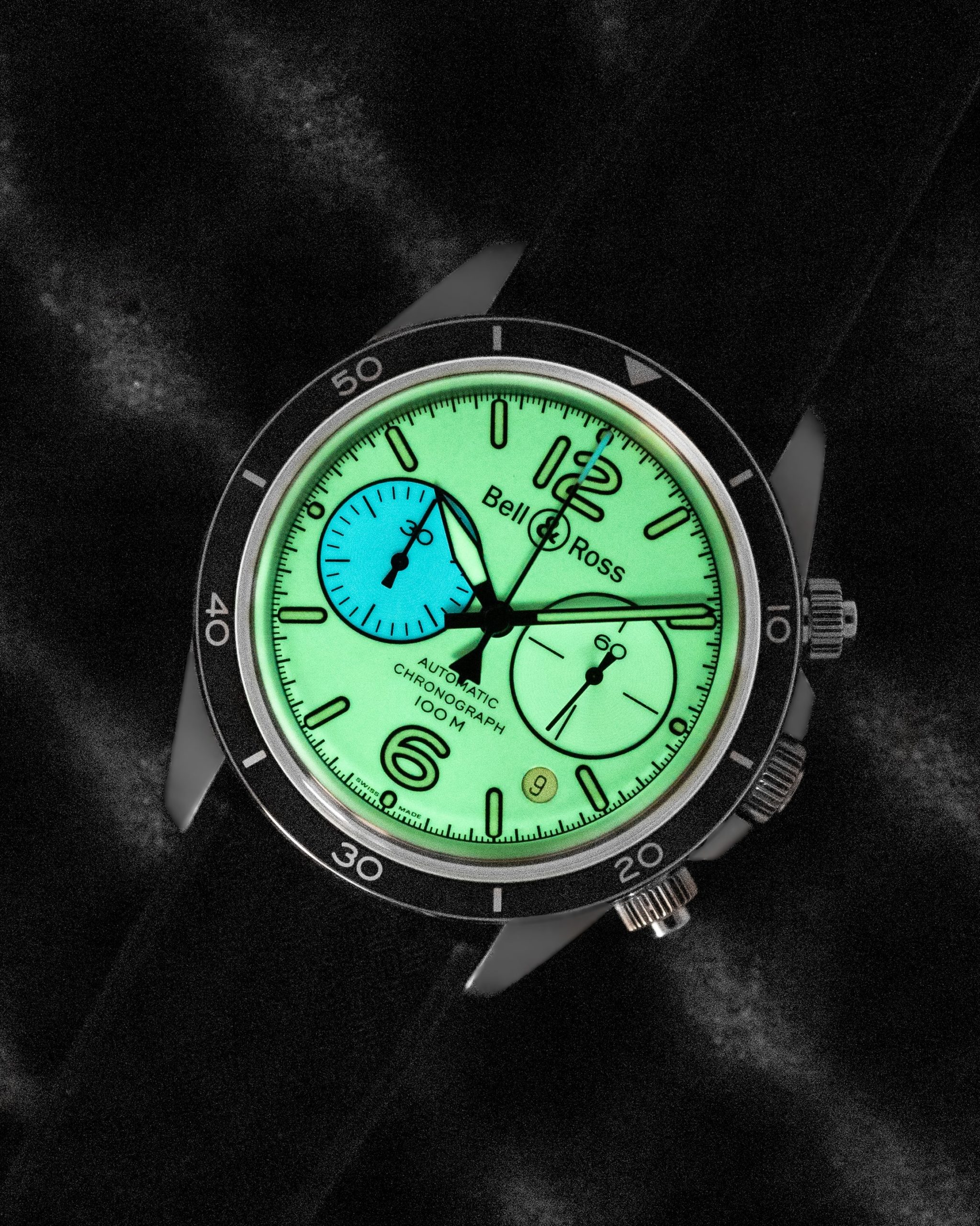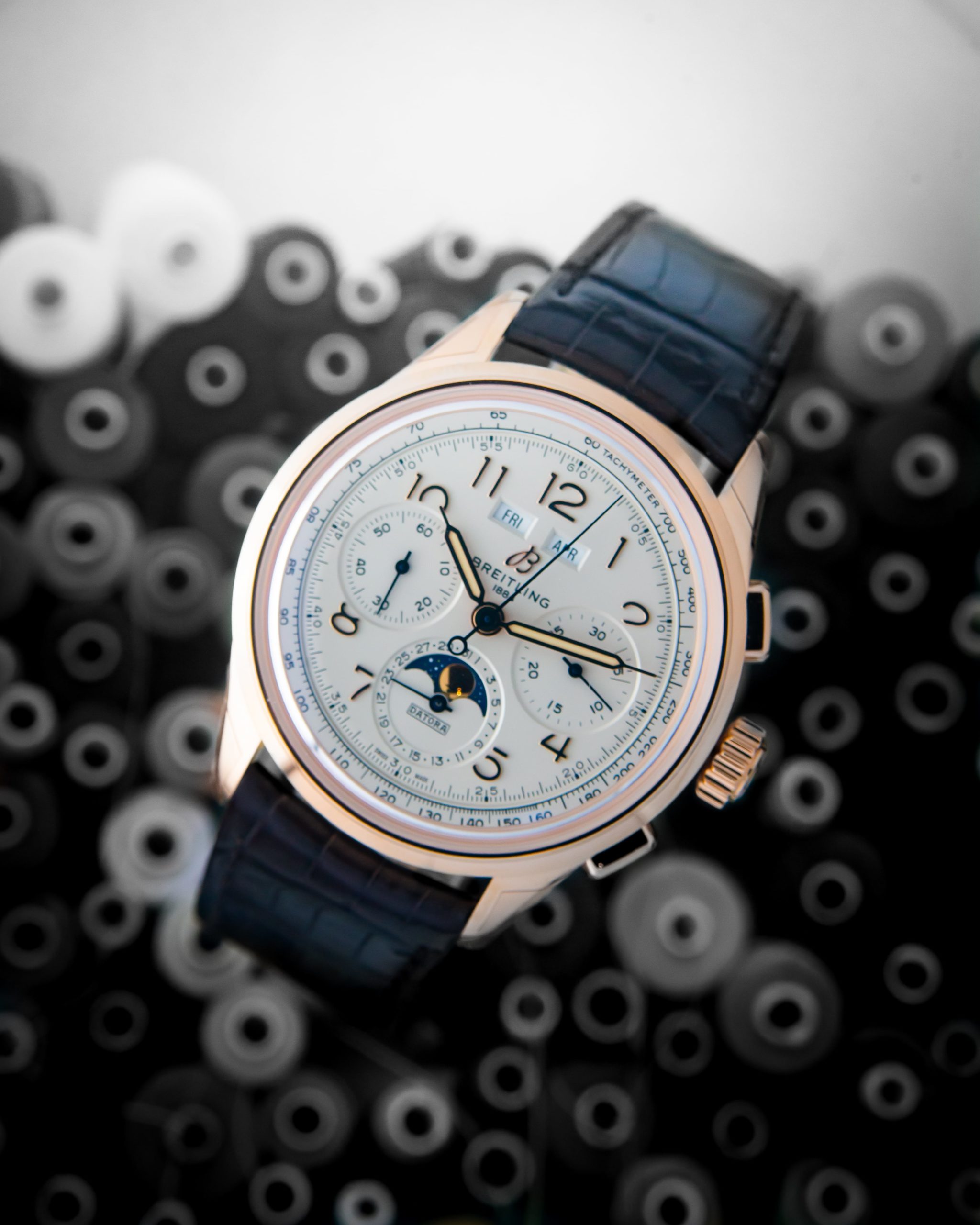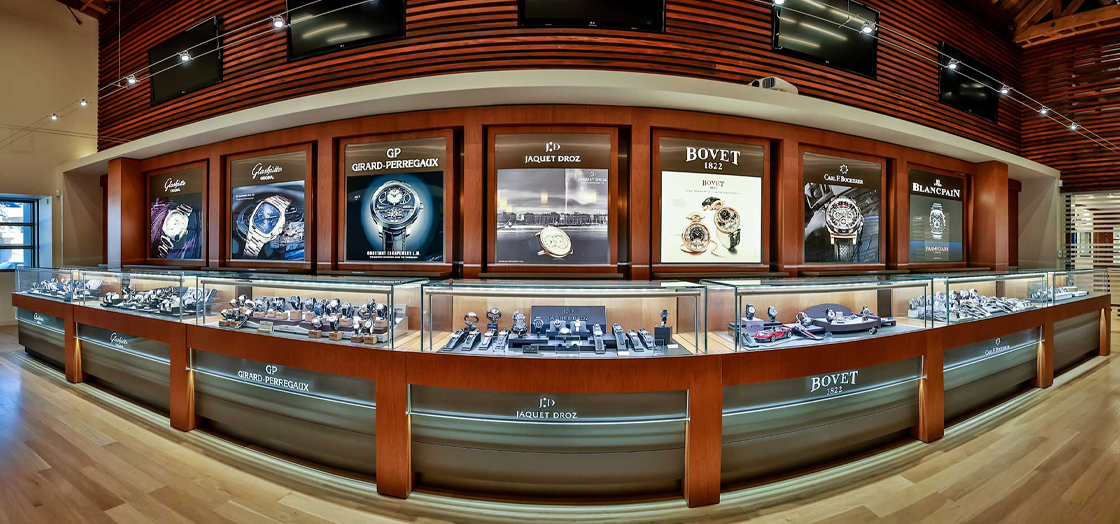
Understanding Your Timepiece: Date Complications
Perhaps one of the best innovations in luxury watches is the date display feature; however, this function has had a long history prior to finding its way onto the dial of timepieces. Read on to learn more about how the display works, its history, and other essential details.
The history of date displays
The date display was first patented in 1915 and today, you can find it on almost every luxury watch. This novel feature was innovated and improved upon as watchmakers experimented with new styles and varieties including oversized display windows that highlighted the new date complication.
In the 1940s, Rolex released the “Datejust,” which was marked as another transformative stage in the date display’s progression. Before the launch of the Datejust, the challenges with date display involved a complicated manual setup and continuous movement of the date disc, which only displayed a view of the date at noon.
Hans Wilsdorf, the founder of Rolex, also industrialized the “cyclops lens,” which increased the view of the date by 2.5 times. From there, watch companies continued to make the details more precise. For instance, the “quickset” mechanism allowed for the date to be set independently of the time. This was important for those occasions when the wearer accidentally cycles past the current date. Without quickset, the hands would have to be cycled fully over and over again in order to get back to the correct date. Another advancement involves setting the date through the crown’s extra position, which improved the functionality in a 24-hour display.
Incorporating date features
As electronic watches grew in popularity, it became easy to incorporate not just date functions but full calendars – something the field of mechanical watchmaking took hundreds of years to develop. Still, a well-designed date feature can make all the difference aesthetically. Watchmakers have found creative ways to place the date window on various places on the dial. The easiest and most common location is at the 3 o’clock spot but date windows can be found wherever it fits!
The date display receives its timed “information” from the cannon pinion in the middle of the movement. Then, energy is channeled through a series of gears that shift the date disc wherein the digits of the date are indicated. For simpler watches, the disc includes 1 to 31 numbers that continuously rotate with only the current date visible through the window while the other numerals remain hidden beneath the dial.
Today, there are many types of date displays to choose from. You can go for a view in which hands rotate to point at the correct date, or versions in which two discs move together to show the current date. Complications like this are called Large Dates or sometimes, Panoramic dates. These consist of two discs, with numbers 0 to 3 on the inner side and 0 to 9 on the outer. With this complication, clever engineering ensures that the two synchronized discs rotate in such a way that the numbers combine to show the correct date.
The date display is a valuable feature in today’s luxury watches that has certainly evolved since its debut. Today, you will find this a standard inclusion among timepieces manufactured by the top luxury brands.
Are you looking to add a high-end watch to your collection? Feldmar Watch is an authorized watch store carrying luxury brands and providing exceptional service for over 100 years. Shop with us today!



